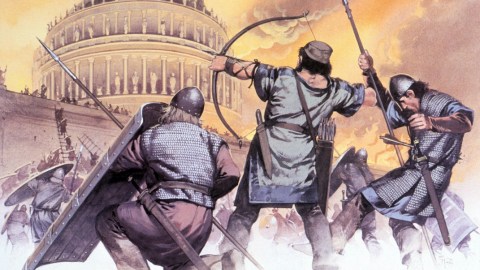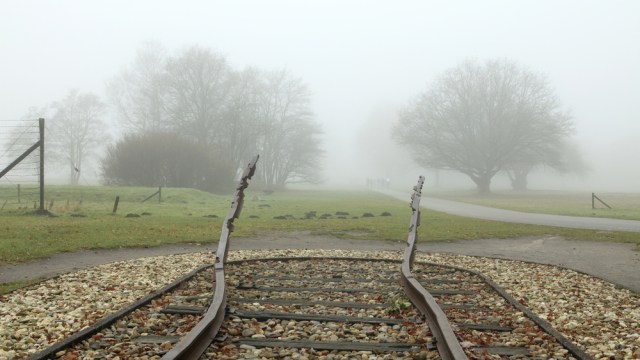How Complexity Theory Illuminates History

If you want to try to understand how the historical process works, it helps to know a bit about Complexity Theory. It comes from the natural sciences. It’s the kind of thing that physicists talk about, the kind of people who go to the Santé Fe Institute. It’s hugely helpful if you’re trying to understand the way civilizations function.
In essence, Complexity Theory is about how complex adaptive systems work. They look like they’re in equilibrium, but they’re not really. This can be true of anything from a termite nest to a large rainforest. They’re adaptive systems that teeter on the edge of chaos.
I’ve found that applying that terminology to the study of complex human organizations is very illuminating because empires, civilizations, big states, cities, which after all are the component parts of civilizations, are truly complex adaptive systems. And once we start thinking in those terms, the way that they behave when things go wrong becomes more intelligible because they don’t gently decline the way that human beings gently age. They can fall apart really quickly if they tip over the edge of chaos.
When the forest catches fire, when the termite nest blows, and when the city breaks down, these are the moments of collapse that I think historians spend a lot of their time studying. So one of my favorite themes at the moment is how complexity illuminates history.
In Their Own Words is recorded in Big Think’s studio.
Image courtesy fo Shutterstock.





